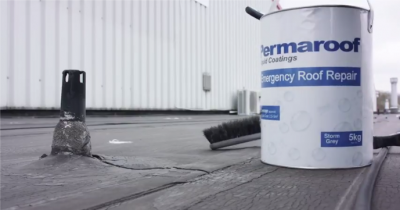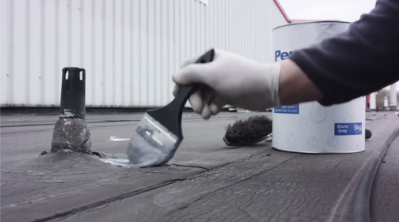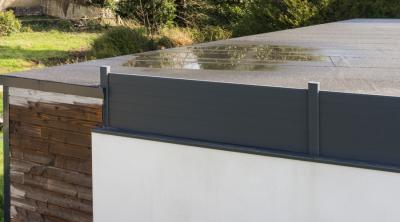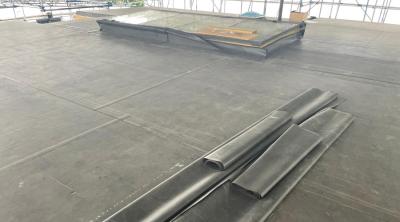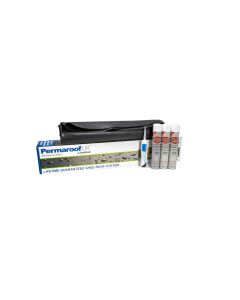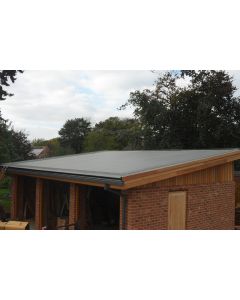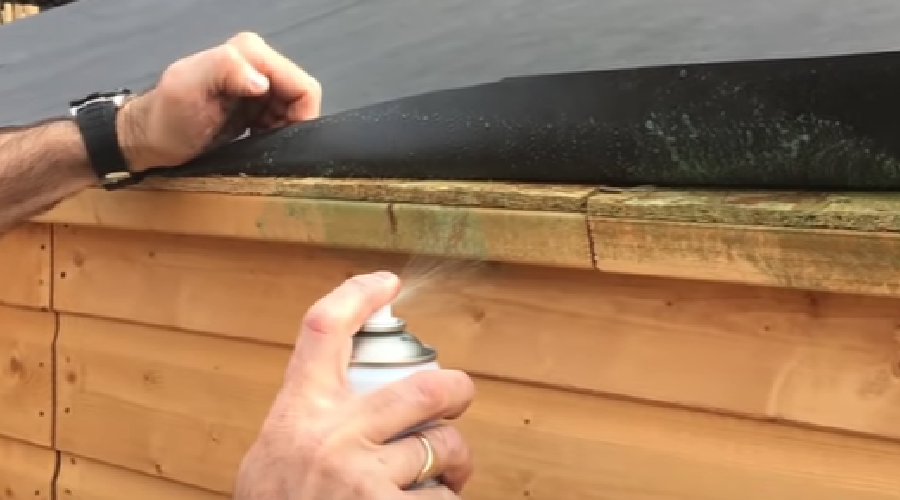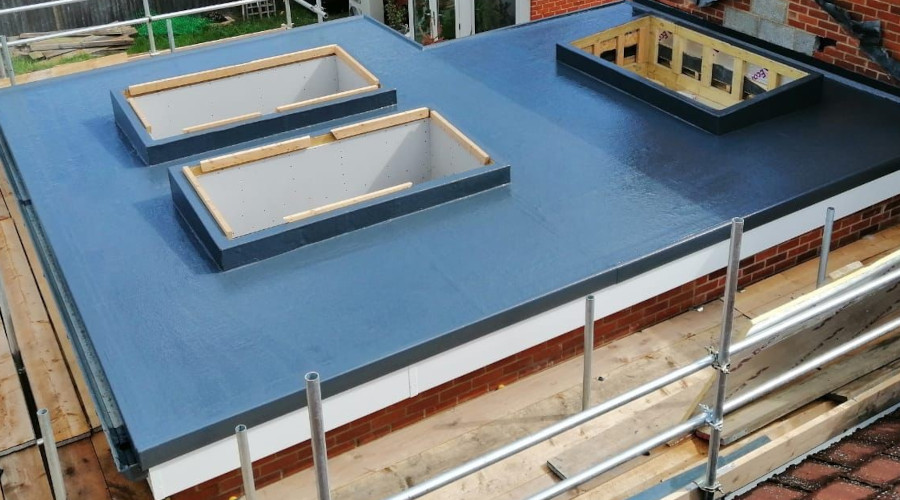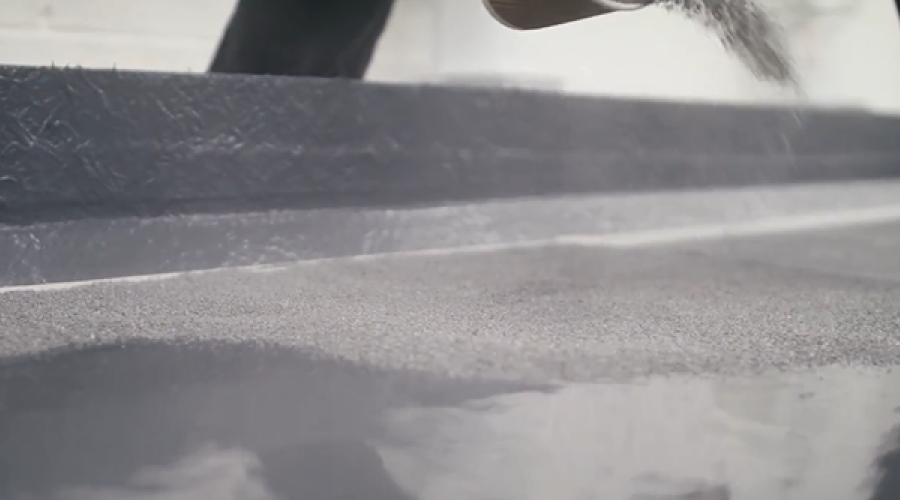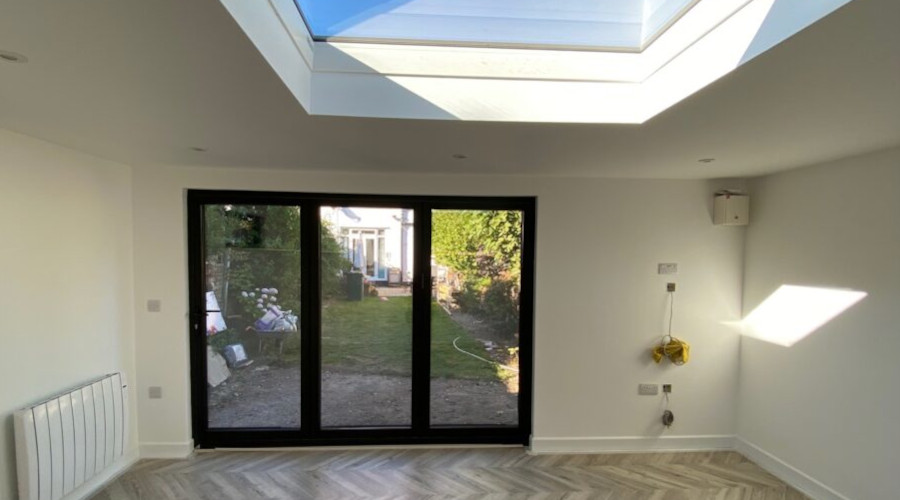Repair or Replace? What to do about your leaking flat roof
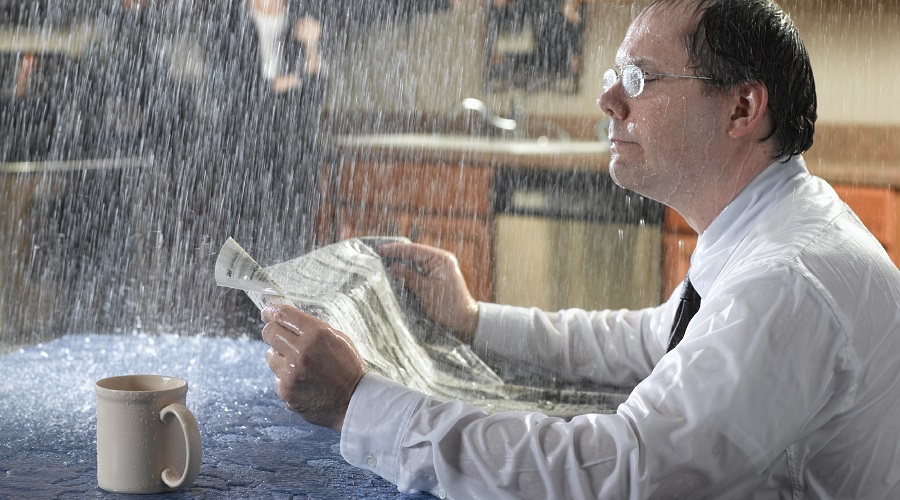
If you have a leaking flat roof, you’ve probably found umpteen ways to patch it up in the short term. However, sooner or later, you’ll start to see the tell-tale signs reappearing – damp patches, a smell, mould spots or condensation. And… there you go again.
The trouble with leaky flat roofs is that the damage can run deeper than the surface signs. Over time, a leaking roof allows water to seep into the roof timbers, which can eventually lead to rot and become a potentially expensive undertaking to put right. Getting to the root cause of the leak as quickly as possible is key.
How to trace a leak on a flat roof
It can sometimes prove challenging to locate the exact area of the problem on a flat roof. Pitched roof leaks can prove more clues, as the water travels downwards. On flat roofing, it could be right above a visible internal sign or it could be anywhere on the roof. We’ve put together a few tips to help you try to trace the leak yourself, before you call in a professional.
On a dry day, take a good look at the flat roof from an upstairs window. Look for visible signs of damage, such as:
- Lifted area of felt or membrane
- Low spots
- Pooled water or circular shaped stains (these look similar to a coffee stain ring and signify pooled water that has dried up)
- Unevenness in seams (these are historically notorious vulnerabilities in traditional flat roofing materials
- Visible cracks or tears
- Bubbles in felt or bitumen
- Peeling flashing (pay particular attention to extrusions, edges and upstanding walls)

If you can identify any suspect areas of the roof, the next step will be to access the roof itself for a closer inspection. If you’re not confident at this stage, now’s the time to call in a professional. If you’re good to go up on the roof, pay close attention to safety and it’s always a good idea to have a second person around on the ground to assist and observe if you can.
Take a few tools with you, such as a hand brush and scraper (not one with sharp edges that may cause further damage) and have a garden hose pipe connected or a large watering can filled on standby.
Once up on the roof, examine the suspect areas more closely. The leak may be in one place or could be coming from several places, so check each area carefully and treat them individually. If one of your suspect spots is above or near the area of internal damage, check there first.
If you identify a potential leak point, use the hose or watering can and spray or pour water directly onto it. Return inside to the original spot where you identified the problem and wait for water to appear there. Note that it may take several minutes, depending on where your water is tracking from. This is where another person can come in handy!
Once you have located the source(s) of your leak, hallelujah! Now it needs to be fixed.
Repair or replace a leaking flat roof – how do you decide?
If you’ve located an obvious, single spot in the roofing material or the flashing, then gently scrape or brush the area to get a clear view of the damage. Sometimes a simple patch repair to membrane is all that is needed, and this may prove easily fixable, DIY-fashion. EPDM and other membranes are often hard to damage, yet straightforward to repair using another piece of membrane or a dedicated patch in a similar way to a bicycle tyre puncture repair.
Other types of roofing material, such as felt, metal roofing or certain types of flashing will typically require a more complex repair and sometimes a specialist. In these cases, now is the time to call in a professional roofer to carry out the repairs for you.
If you need to make an emergency repair while you wait for a professional, a liquid PU product can help.
If you’ve found several areas of damage or have repeatedly repaired the same spots, it may be prudent to replace the covering, rather than attempt another repair. This approach may prove more cost effective in the long term, especially if you replace the covering with a modern EPDM membrane with a long lifespan, such as Elevate RubberCover.
The easiest way to replace flat roof covering
If you’ve decided to go ahead and get rid of the leaks for good by replacing the roof covering yourself, a DIY flat roof kit is by far the easiest way to do it. These are sold in standard sizes with everything included or you can tailor one to your own specifications here or by using an EPDM Kit Builder App.
Choosing a rubber membrane like EPDM offers a straightforward approach to replacement roofing. RubberCover membrane is also typically installed in a single sheet, so if it is joins or seams that have historically failed on your roof, this risk can be negated for the future.
Watch the video demonstration below to see if EPDM roofing could be for you:
A leaking flat roof isn’t something that can be ignored for long and to avoid longer term damage to timbers, try to attend to it as soon as you can. If you can’t locate the source of your leak or need to engage a professional repair or replacement, we can help by connecting you with a reliable local EPDM installer. Get in touch with the team and let’s talk it through, we’re here to help with all your projects, large or small.



